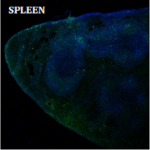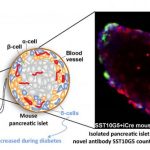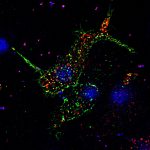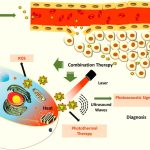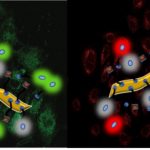
Malignant tumors are increasingly being understood as heterogenous – a patchwork of cells that look and behave differently, and cooperate or compete with each other as the cancer spreads.
A recent study led by Ramray Bhat in the Department of Molecular Reproduction, Development and Genetics shows that a specific sugar called 2,6-Sial is expressed to different levels on the surface of different breast cancer cells. Cells with higher levels of the sugar stick less strongly to their surroundings and are less likely to invade through them, while those with moderate levels stick strongly and invade more efficiently.
Using an in-house 3D culture technique, the researchers reconstructed the tumor microenvironment on a dish to film the tumoroid – cluster of cancer cells – as it grew. Then, they separated cells with differing 2,6-Sial levels, labeled and recombined them. Cells with higher 2,6- Sial levels moved slowly and formed the tumoroid’s central bulk, while those with moderate levels moved fast and formed the invading front.
Using computer models, the team also showed that having a slow-moving central bulk boosts the efficiency with which fast moving cancer cells can ‘unjam’ and spread outwards in a circular fashion, thereby justifying the need for heterogeneity.

